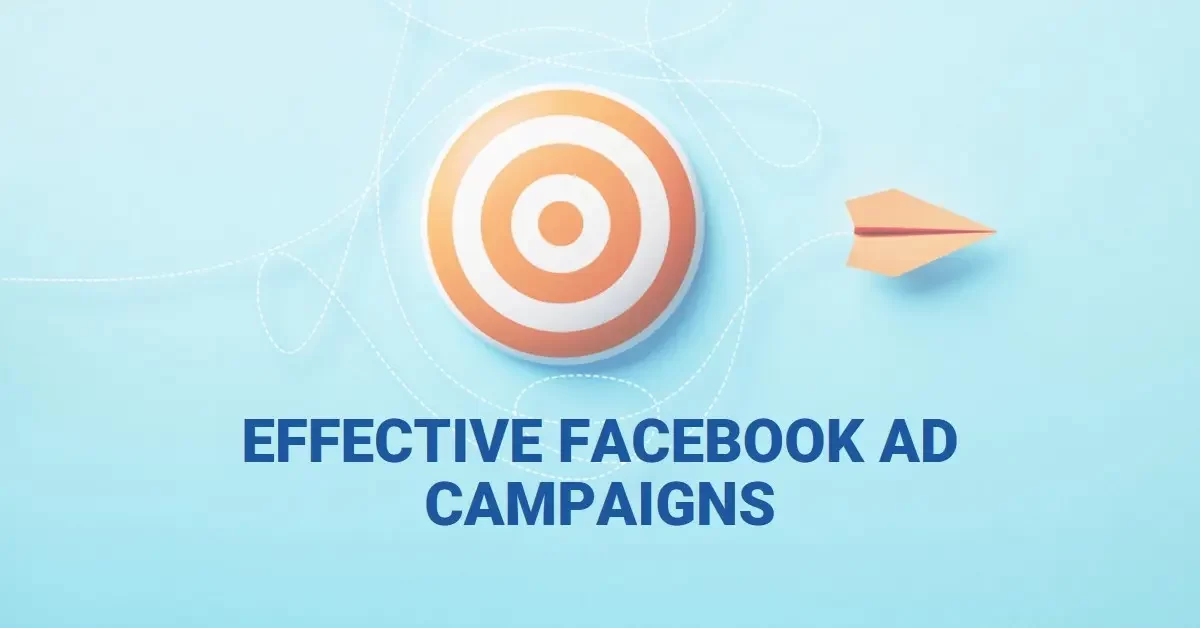With over 3.05 billion monthly active users, Facebook remains one of the most powerful and cost-efficient digital marketing platforms for brands looking to reach targeted audiences. However, simply creating Facebook ads is not enough.
Marketers need to implement optimized campaigns and continuously improve them based on performance data. This guide covers tips for planning, launching and iterating Facebook ad campaigns that deliver results.
Some Effective Tips for Planning, Launching, and Iterating Facebook Ad Campaigns
Set Concrete Campaign Objectives and KPIs
Before creating ad sets and designing creatives, clearly define what success means for your campaign. Common objectives like lead generation, video views, app installs etc. translate into specific measurable outcomes. Establish performance indicators like cost per result to track and quantify your return on ad spend.
Target Audiences Based on Insights
Leverage Facebook’s detailed targeting options to serve your ads exclusively to relevant audiences. Use demographic, behavioral and interest-based parameters to home in on your customer persona. Create focused campaign variants to test which user segments show the most response. Continue optimizing targeting as learnings emerge.
Employ Commonly Effective Campaign Types
While Facebook offers over a dozen campaign objectives, focus on 4 commonly impactful ones – traffic, conversions, video views and lead generation. Traffic campaigns target clicks to websites driving awareness at the top of the funnel. Further down, conversion campaigns drive purchases and registrations important to track ROI. Contact top social media agencies in UAE to run and optimize your social media campaigns.
Create Attention-grabbing Ad Creatives
Whether image ads or video content, creatives make or break campaign performance. Align ad visuals and copy with audience preferences showcased in previous organic posts. Test emotional aspects like humor or inspirational messaging together with informational and promotional content. Keep refining ad language, visuals and calls-to-action based on continuous feedback.
Leverage the Power of Retargeting
Roll out retargeting for visitors who previously engaged with your website or ads. Strategic reminders about offers, discounts or content to returning audiences gives better conversions than trying to attract new cold traffic. Retargeting works hand-in-hand with Facebook Pixel for accurate tracking.
Also, check: A Comprehensive Guide: How to Speed Up Your Android Phone
Consider Instagram and Messenger for Niche Audiences
Beyond the main Facebook platform, specialized adjunct networks like Instagram and Messenger allow focused targeting. Instagram drives strong engagement and conversions among image-focused youthful demographics. Facebook Messenger enables personalized communication leveraging chatbot technology beyond one-way broadcasting.
Optimize for Mobile
Today, the significant majority of social media usage happens via smartphones rather than desktops. So tailor ad dimensions, design layouts and calls-to-action for effective visibility on mobile screens. Prioritize video content as that garner’s higher engagement on mobile feeds.
Analyze Campaign Data and Iterate
Continuously analyze your campaign statistics instead of launching and leaving ads running. Compute performance metrics like click-through rates, cost per conversion etc. for clear insights. Identify best performing audience segments, ad creatives and placement types. Shift budgets to better performing elements and pause underperforming content.
Refine Targeting and Bidding
Facebook’s AI algorithms require time to optimize who to show your ads to and how much to bid for ad placements. Provide ongoing feedback via likes, comments, shares and conversions to hone predictions. Use negative feedback on undesirable interactions so AI limits impressions to poorly matched users.
Don’t Overlook Facebook Ad Policies
As powerful a platform Facebook is for marketers, note that it has stringent rules around competitive claims, political and social cause messaging, etc. Keep ad language factual and avoid sensational tones. Get familiar with Facebook’s advertising policies to avoid content flagging or account restrictions.
Leverage Facebook’s Automation Tools
To maximize results at scale, utilize built-in automation features for campaigns whenever relevant. This includes rules-based auto-targeting that shows ads to custom audiences such as video viewers or high-intent shoppers. Similarly, automatic placements use AI to determine optimal positioning for ads rather than relying just on manual selection.
Consider using automated split testing for ad variations instead of manual A/B testing. Facebook will launch several creatives with differences in elements like image, copy or layout. Based on performance data, it automatically shifts budget and impressions to better performing variants. Less manual effort for ongoing optimization.
Allocate Sufficient Budget
When launching campaigns on Facebook, a common mistake is inadequate budget allocation which leads to low impression volumes for their AI to optimize delivery. Most experts recommend at least $40-50 daily budgets, together with longer running times of 2-3 months. Effective Facebook advertising is not about one-off promotion but sustained visibility through multiple touches to influence user perception.
In Conclusion
Succeeding with Facebook ads requires an exploratory mindset of continual testing and refinement. Have clear goals and metrics that align ads to desired business outcomes. Target engaged niche audiences and employ formats that resonate best with their consumption habits. The platform provides the capability for brands to deeply understand consumers and have meaningful engagements at scale – provided marketers leverage these tools effectively.
Let me know if you would like me to expand on any specific aspect of running successful Facebook ad campaigns!
